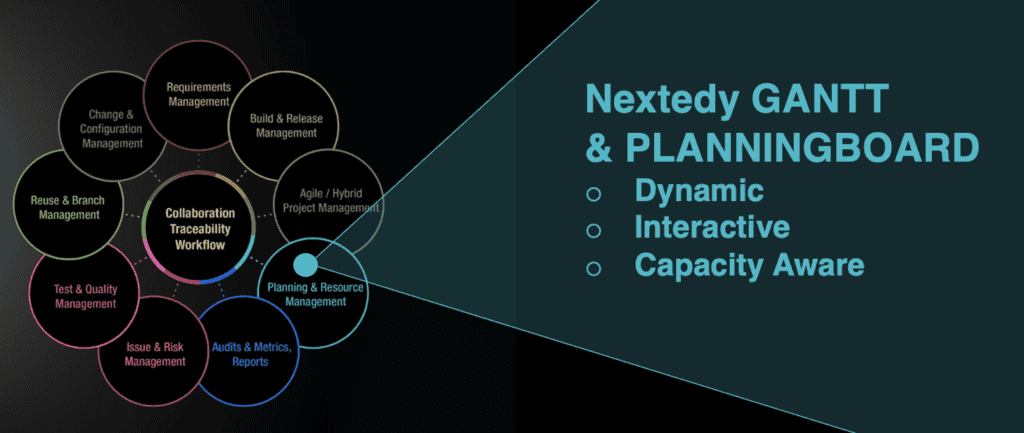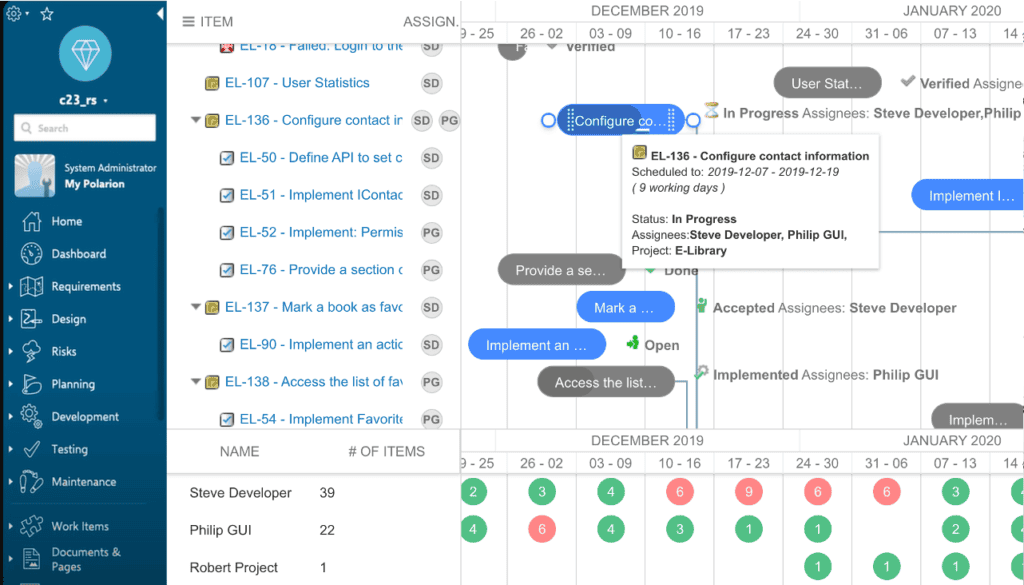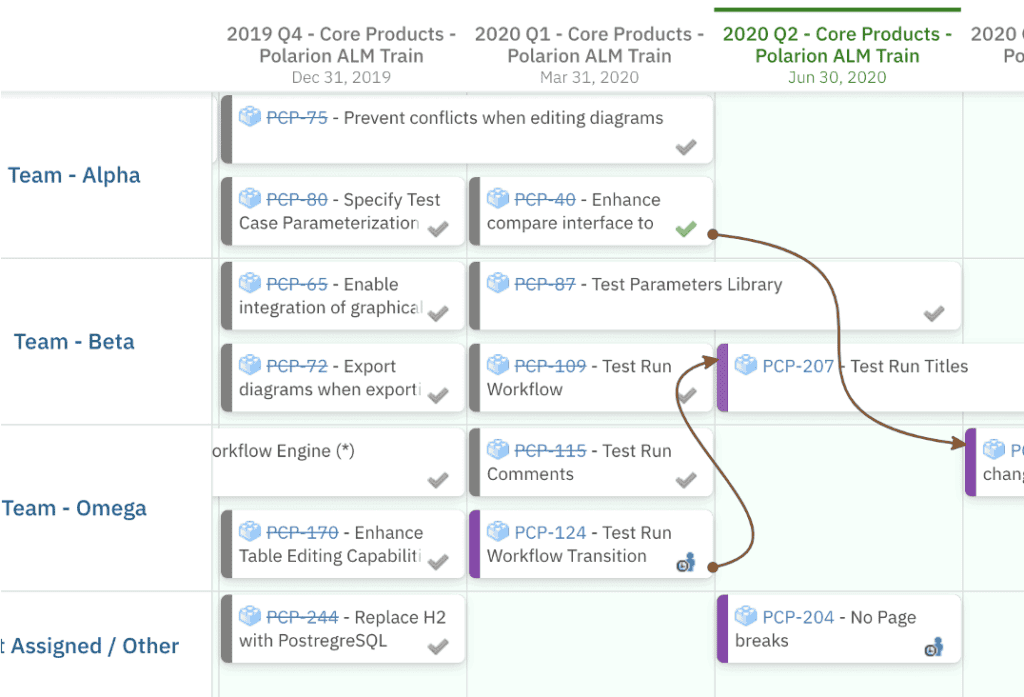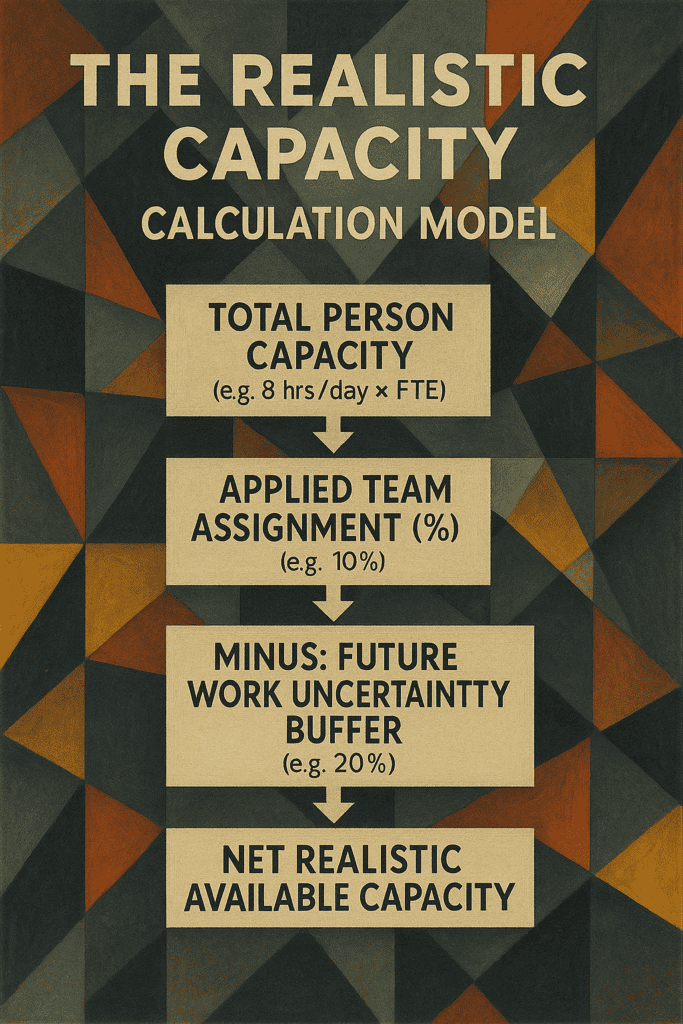Key Insights from Nextedy Presentation at Siemens Realize LIVE 2025, Detroit. By Jiri Walek

In large enterprises, a curious paradox persists: organizations invest heavily in sophisticated project management tools like Jira, yet their most critical resource and capacity planning often defaults to a patchwork of Excel spreadsheets and PowerPoint presentations. This isn’t a failure of process or people; it’s a symptom of tools failing to scale beyond individual projects into the complex, shared-resource reality of enterprise product development.
Smart leaders understand that true project velocity and predictability hinge on knowing your capacity. The question is: why is this so hard to achieve reliably?
The Systemic Flaw: Why Current Approaches Break at Scale
Consider an engineering organization managing hundreds of parallel customer projects, with shared components being developed concurrently, and thousands of engineers often contributing to multiple initiatives. Add diverse methodologies – agile sprints for software, traditional phases for hardware.
Here’s why common tools fall short in this environment:
- Project-Centric Blind Spots: Tools like Jira excel at managing individual projects, but their inherent structure struggles with cross-project visibility and resource allocation. Aggregating data across hundreds of isolated project instances to understand true enterprise-wide capacity becomes a manual, error-prone, and ultimately unsustainable exercise. The result: an illusion of control within a project, but a significant blind spot across the portfolio.
- Reactive, Not Proactive, Capacity Planning: Most systems demand granular task definitions before they can even begin to estimate resource needs. Yet, enterprise leaders need to forecast capacity and make strategic commitments quarters, even years, in advance – long before every detailed task is known. This disconnect forces reliance on ad-hoc spreadsheets, which are always out-of-date and lack the dynamic adjustments needed for real-time decision-making.
- The “Truth” Problem: Different stakeholders require different levels of detail and perspectives on project plans. The inability of underlying systems to dynamically tailor these views often leads to “presentation layers” in PowerPoint, creating a chasm between the projected plan and the operational reality. This erodes trust and makes genuine alignment difficult.
- Ignoring Real-World Constraints: Basic capacity calculations often overlook critical factors: engineers splitting time across projects, administrative overhead, unplanned meetings, and the inherent uncertainty of long-term estimates. This leads to overly optimistic plans that inevitably fall behind, not due to execution failure, but flawed initial planning.
A New Paradigm: Integrated Capacity Intelligence Within Polarion

At Nextedy, we’ve built upon Siemens Polarion ALM’s robust foundation to deliver a truly integrated, enterprise-scale solution. Polarion already serves as a powerful single source of truth for product development data – from requirements to test cases. Our contribution is to elevate its planning and resource management capabilities to meet enterprise demands, directly addressing the systemic flaws outlined above.
Our approach centers on three core principles:
I. Unified Planning Visualizations:
Dynamic Gantt: For traditional project managers, hardware teams, or high-level program views, our Gantt chart provides interactive timeline planning, robust baselining, and dependency management – all reflecting real-time Polarion data.

Planning Board: For software teams and program increments, our Planning Board offers an intuitive, drag-and-drop interface across iterative timeboxes and team swimlanes, providing instant visual feedback on allocation against capacity.
Crucially, these aren’t disconnected tools; they’re different lenses into the same, single source of truth within Polarion.

II. True Capacity Intelligence:
This is where the fundamental shift occurs. We introduce a sophisticated Capacity Engine that goes beyond simple headcount:

- Multi-Project Allocation: Accurately track individuals and teams assigned across multiple projects, accounting for percentage allocations.
- Realistic Buffering: This is key. We integrate configurable buffers for “outstanding work” (meetings, overhead) and “future work” uncertainty, transforming theoretical capacity into reliable available hours. This proactive adjustment accounts for real-world execution, making plans genuinely achievable.
- Dynamic Adjustments: Vacation, holidays, and team shifts are automatically factored in, providing an always-current view of actual capacity.
III. Bridging Methodologies:

The system seamlessly merges traditional and agile approaches onto a single timeline. Hardware tasks with explicit start/end dates can coexist with software work packages whose timelines are dynamically derived from their assignment to agile iterations. This creates a holistic view of mixed-discipline projects, eliminating fragmented roadmaps.
Strategic Outcomes for Enterprise Leaders
By adopting this integrated approach within Polarion, organizations achieve:
- A Single Source of Truth for Planning: Eliminate the chaotic dependency on spreadsheets. All planning, capacity, and progress data reside in one auditable system.
- Reliable, Proactive Forecasting: Make realistic commitments with confidence, understanding true capacity weeks and months in advance, not just when detailed tasks are defined.
- Enhanced Auditability & Transparency: Leverage Polarion’s baselining and version control for every plan, ensuring traceability and accountability.
- Empowered Teams, Informed Decisions: Provide tailored, real-time views for all stakeholders – from individual contributors to executive leadership – fostering alignment and enabling timely course corrections.
- Reduced Overhead & Risk: Minimize manual data reconciliation, identify over-allocations early, and mitigate delivery risks inherent in disconnected planning.
This isn’t about simply digitizing existing spreadsheets; it’s about fundamentally rethinking how enterprise capacity is understood, managed, and optimized. It’s about moving from adaptive workarounds to intelligent, integrated planning.
Rethink Your Enterprise Capacity Management.
See how leading organizations are achieving realistic, auditable, and truly integrated planning.
